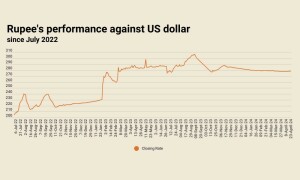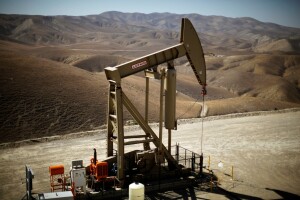South Asia rated as most polluted region despite improvement in air quality globally: Report
- Report highlights unprecedented clean air as a result of short term COVID-19 lockdown measures, as well as extreme pollution episodes related to climate change, such as wildfires and sandstorms
- Only 24 countries out of 106 met World Health Organization (WHO) annual guidelines for PM2.5 in 2020
(Karachi) South Asia has been rated as the most polluted region containing 37 of the most 40 most polluted cities globally despite improvement in air quality as compared to 2019, IQAir's World Air Quality Report has revealed.
The data published in the 2020 report reveals the impact of COVID-19 lockdowns and behavioral changes on global particulate pollution (PM2.5) levels. It highlights unprecedented clean air as a result of short term COVID-19 lockdown measures, as well as extreme pollution episodes related to climate change, such as wildfires and sandstorms.
As per the report, South Asia is the most polluted region of the world with India, Bangladesh and Pakistan continuing to feature prominently at the top of the most polluted cities.
It stated that in 2020, 84 percent countries recorded air quality improvements due to global measures to slow the spread of COVID-19. The data showed that air quality improvements across major cities in 2020 compared to 2019 include Beijing (-11), Chicago (-13), Delhi (-15), London (-16), Paris (-17), and Seoul (-16).
The 25 most polluted cities in this region observed either direct improvements from 2019 or overall improvements over the last four years.
However, only 24 states out of 106 met World Health Organization (WHO) annual guidelines for PM2.5 in 2020.
The report mentioned that climate change continued to wreck havoc affecting air quality in America. Besides, wildfires, sandstorms and changing climatic conditions led to extremely high pollution levels in California, South America, Serbia and Australia.
The report mentioned that in 2020, 38 percent cities in US failed to meet the WHO's guideline for annual PM2.5 levels.
In addition, about half of all European cities exceed the WHO's target for annual PM2.5 pollution. The highest levels of PM2.5 pollution was found in Eastern and Southern Europe, with Bosnia Herzegovina, North Macedonia and Bulgaria taking the lead.
The air quality report mentioned that countries in South East Asia, the Middle East, Africa, South Asia and South America continue to lack the equipment and expertise to monitor and report air pollution.
Commenting on the matter, IQAir CEO Frank Hammes said: "In 2021, we will likely see an increase in air pollution due to human activity, again.” He added, "We hope this report will highlight that urgent action is both possible and necessary to combat air pollution, which remains the world's greatest environmental health threat."






















Comments
Comments are closed.